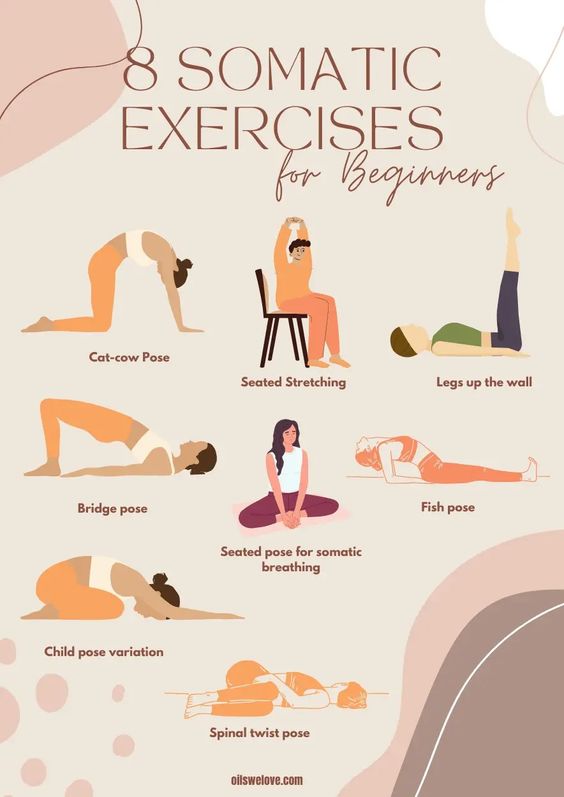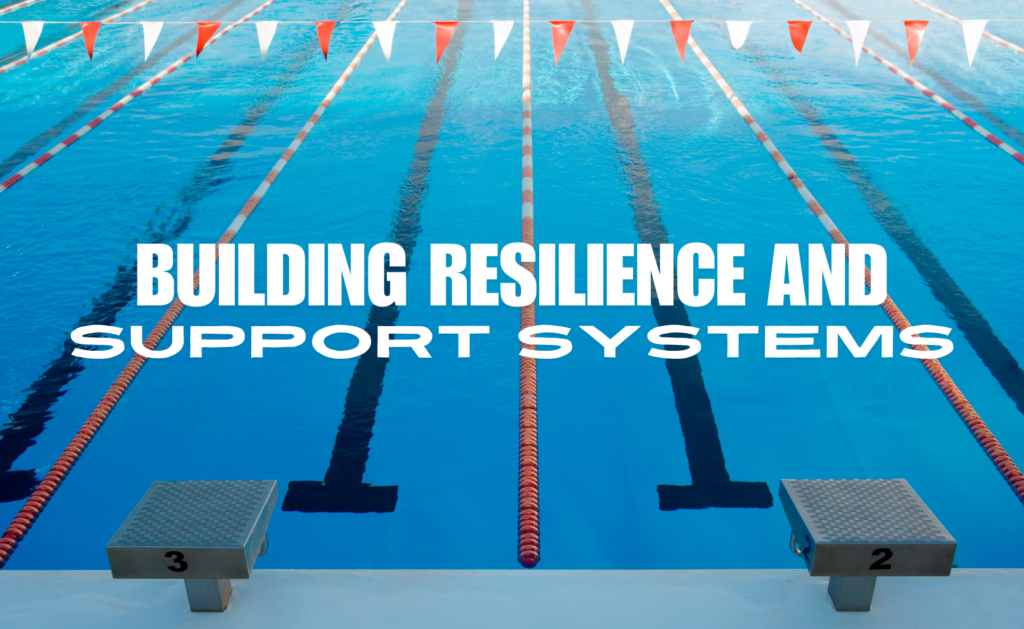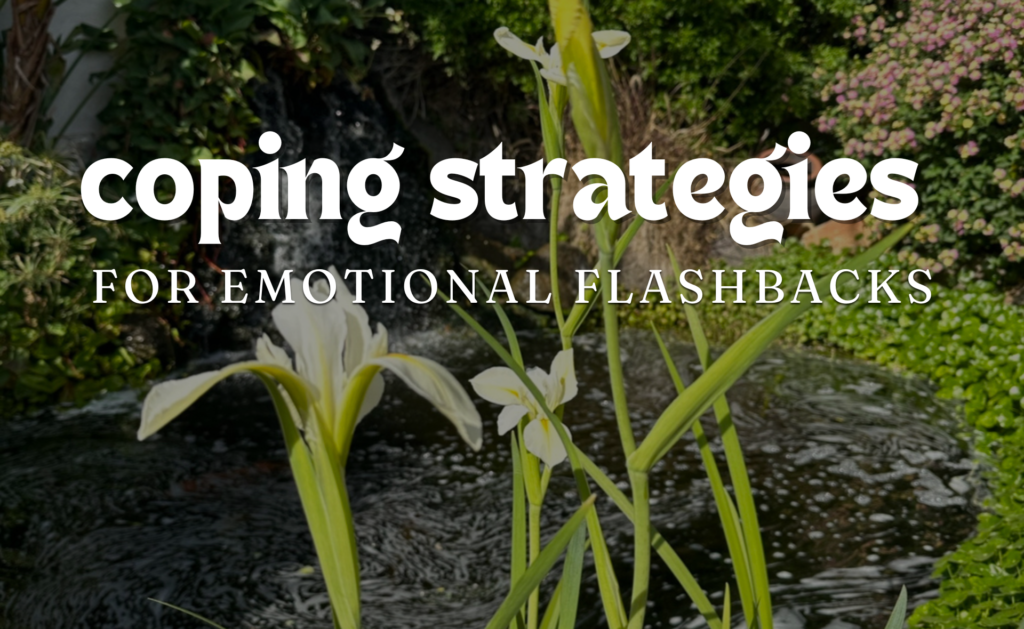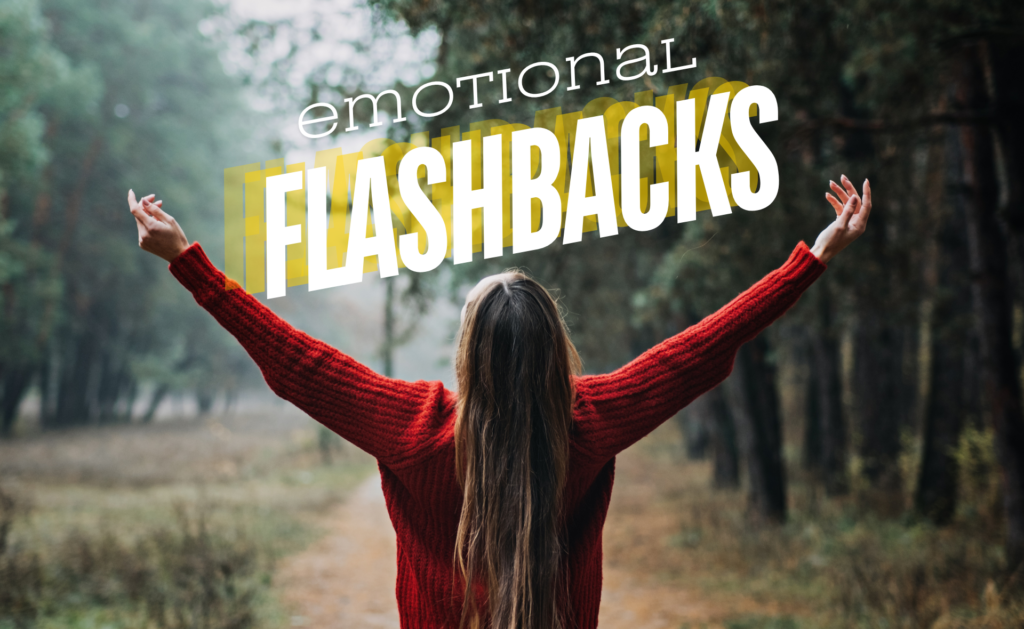As I wrap up this series on living with complex post-traumatic stress disorder (cPTSD) and emotional flashbacks, I want to take a moment to offer some encouragement, share essential cPTSD resources, and reflect on the journey we’ve explored together. If you haven’t had a chance, go back and check out part one, two and three of my series about cPTSD and emotional flashbacks.
Encouragement for Others Living with cPTSD
If you’re living with cPTSD, I want you to know that you’re not alone. This journey can feel incredibly isolating at times, but there is a community of people who understand what you’re going through and who are rooting for you. Healing is not linear—it’s messy, with setbacks and victories, but every step you take is a step forward.
Take it one day at a time, and be gentle with yourself. Remember, you are stronger than you know. It’s okay to ask for help, and it’s okay to set boundaries. Healing doesn’t happen overnight, but with patience, self-compassion, and support, you can and will find your way.
Essential cPTSD Resources and Further Reading
Books:
- “The Body Keeps the Score” by Bessel van der Kolk – A powerful book on trauma and how it affects the body and mind.
- “Complex PTSD: From Surviving to Thriving” by Pete Walker – A practical guide to understanding and healing from cPTSD.
- “Healing the Fragmented Selves of Trauma Survivors” by Janina Fisher – Another insightful book that may interest your readers.
- Journals for Mental Health – Guided journals for self-reflection and mental health tracking.
Mindfulness and Stress-Relief Products:
- Meditation Cushions and Mats – Perfect for readers interested in mindfulness practices.
- Aromatherapy Diffusers – For those who benefit from creating a calm environment.
- Weighted Blankets – Known to help with anxiety and improve sleep quality.
Self-Care and Well-being Tools:
- Adult Coloring Books – These can be very calming and are often recommended for stress relief.
- Essential Oil Sets – Pair this with the diffuser recommendation for a complete set.
- Relaxation Music CDs or Playlists – These can help set a calming atmosphere.
- Find a Motivating Podcast – My personal favorite is The Mel Robbins Podcast, she continues to push, motivate and inspire me.
Stationery and Organizational Tools:
- Planners for Mental Health – These can help with organization and setting small goals.
- LH Agenda Planners, Organizers, and Journals – This is my absolute FAVORITE company to buy planners from, they changed the way I think about myself, helped me establish core values, goals and so much more. I can’t say enough about this company. 100/10 Highly recommend, especially if you’re struggling with organization.
- Sticky Notes and Inspirational Quote Cards – For daily reminders and affirmations.
Websites:
National Institute of Mental Health (NIMH) – Reliable information on PTSD and cPTSD.
Psychology Today – Articles and resources on mental health and cPTSD.
Support Groups:
Look for local or online support groups where you can connect with others who are also navigating cPTSD. Sometimes just talking to someone who understands can make a big difference.
How do you find local support groups? My first recommendation is through church. I would look for one where you can start fresh. I recently joined a church here in Texas that has an app that allows me to join groups for support, singles, bible study and more. This is a really good place to start if you’re lost like I was.
What other types of groups can you join? Volunteer groups! Sign up for something small, visit Volunteer Match and they will show you opportunities in your area that you can get involved with!
Fitness and Wellness Products:
- Home Fitness Equipment – Items like resistance bands or small weights can be part of a holistic approach to wellness.
- Water Bottles – Encouraging hydration with positive affirmations.
Different Types of Therapy:
Finding a therapist who specializes in trauma can be a game-changer. Therapy modalities like EMDR (Eye Movement Desensitization and Reprocessing) and CBT (Cognitive Behavioral Therapy) have been particularly effective for many people with cPTSD. If you can’t afford to go to a psychiatrist, you can look into apps that offer FREE therapy, like BetterHelp, Headspace and Calm.
Somatic Therapy and Foam Rollers
Somatic therapy is a holistic approach that involves focusing on the body as a way to heal from trauma. This type of therapy emphasizes the mind-body connection and often includes exercises that release tension stored in the body. For those living with cPTSD, somatic therapy can be a powerful tool in the healing process, as it helps to reconnect with and release the physical manifestations of trauma.
One practical way to incorporate somatic therapy into your daily routine is through the use of foam rollers. Foam rollers are not only great for muscle recovery after a workout, but they also serve as an excellent tool for self-massage and tension release, which can be beneficial in managing symptoms of cPTSD.

Benefits of Foam Rolling in Somatic Therapy:
- Releases Physical Tension: Foam rolling can help to release the physical tension that often accompanies emotional distress, making it a useful practice for those dealing with the physical symptoms of trauma.
- Promotes Body Awareness: Regular foam rolling can increase body awareness, helping you to tune into areas where you might be holding stress or trauma.
- Supports Emotional Release: As you work through areas of tightness and tension, foam rolling can sometimes lead to an emotional release, which is a key aspect of somatic therapy.
Recommended Foam Rollers:
- High-Density Foam Roller – A versatile tool that’s great for deep tissue massage and relieving muscle tension.
- Textured Foam Roller – For a more intense massage that targets deeper layers of muscle.
- Compact Foam Roller – Perfect for on-the-go relief, making it easier to incorporate somatic therapy practices anywhere.
You can find these foam rollers and more on my Amazon storefront. Adding foam rolling to your self-care routine could be a beneficial complement to other healing practices, such as mindfulness, therapy, and support groups.
Healing is a Journey, Not a Destination
As we conclude this series on living with complex post-traumatic stress disorder (cPTSD) and emotional flashbacks, I want to leave you with one final thought: healing is possible, and you don’t have to go through it alone. The path to recovery may be challenging, but with the right tools, support, and self-compassion, you can reclaim your life and thrive.
Remember that healing is a journey, not a destination. It’s okay to have setbacks and to take things one step at a time. Celebrate the small victories, and be gentle with yourself on the harder days. Every step you take, no matter how small, is a step towards a healthier, happier you.
I encourage you to explore my essential cPTSD resources I’ve shared throughout this series. Whether it’s through books, therapy, support groups, or self-care practices like somatic therapy and foam rolling, find what resonates with you and make it a part of your healing process.
Lastly, I invite you to stay connected. Join the community of others who are on a similar journey, and let’s support each other as we navigate the complexities of cPTSD together. If you haven’t already, visit my Amazon storefront to find curated products that have helped me along my path and might be useful for you too.
Thank you for being a part of this series! I hope that it has provided you with the encouragement, knowledge, and tools you need to continue moving forward. You are not alone, and your journey is valid and important. Keep going, and remember: you are stronger than you know.



